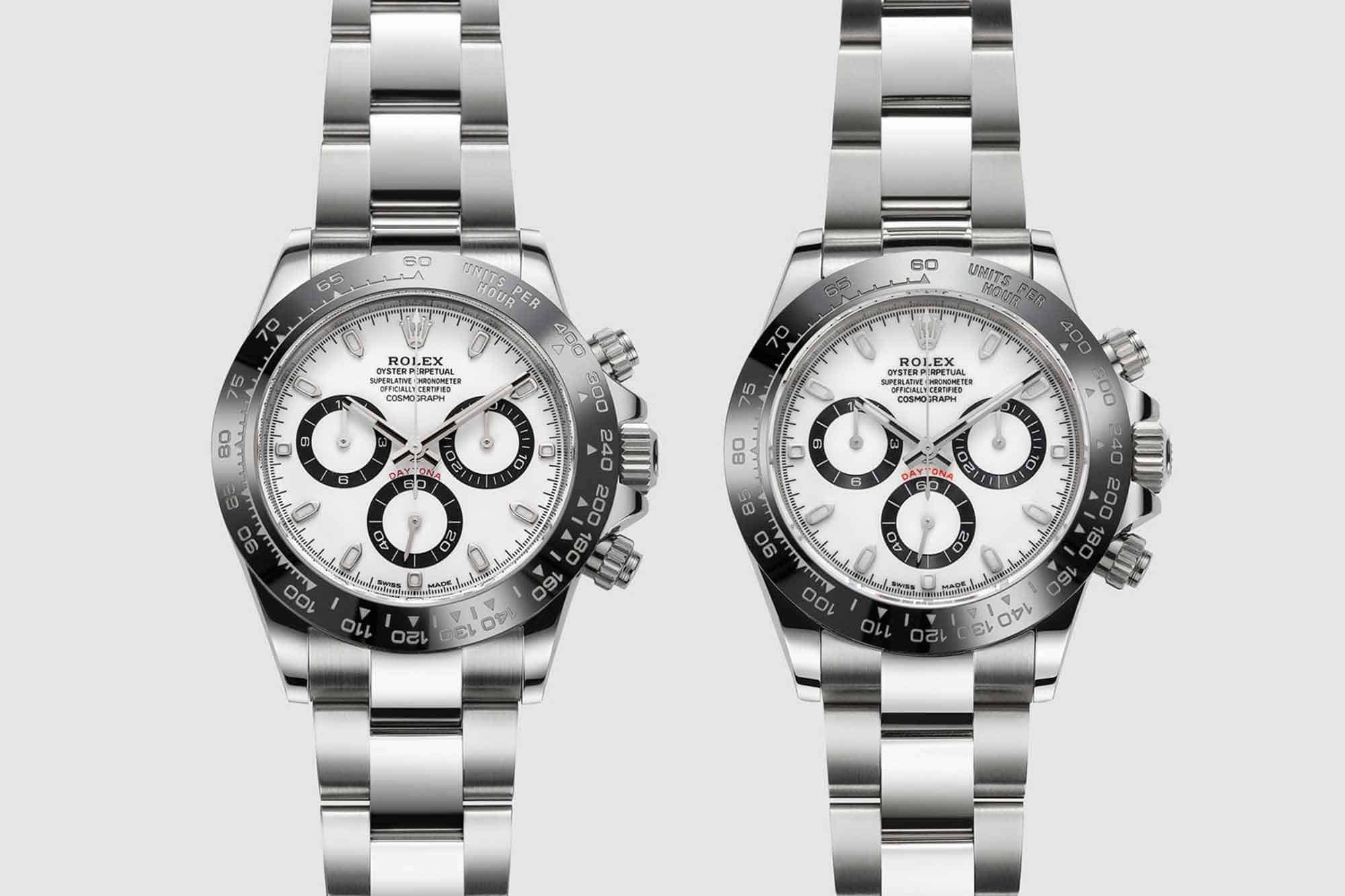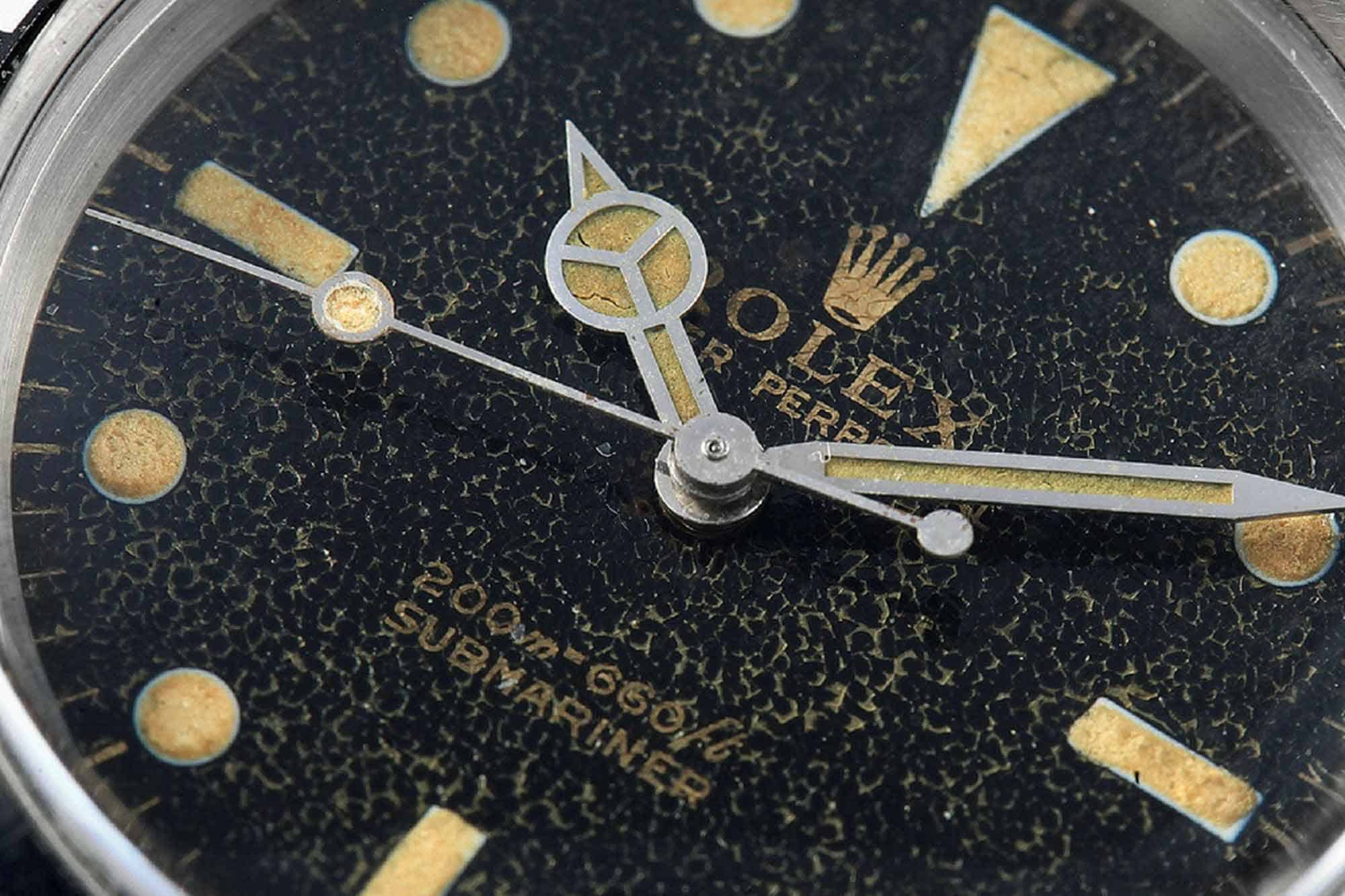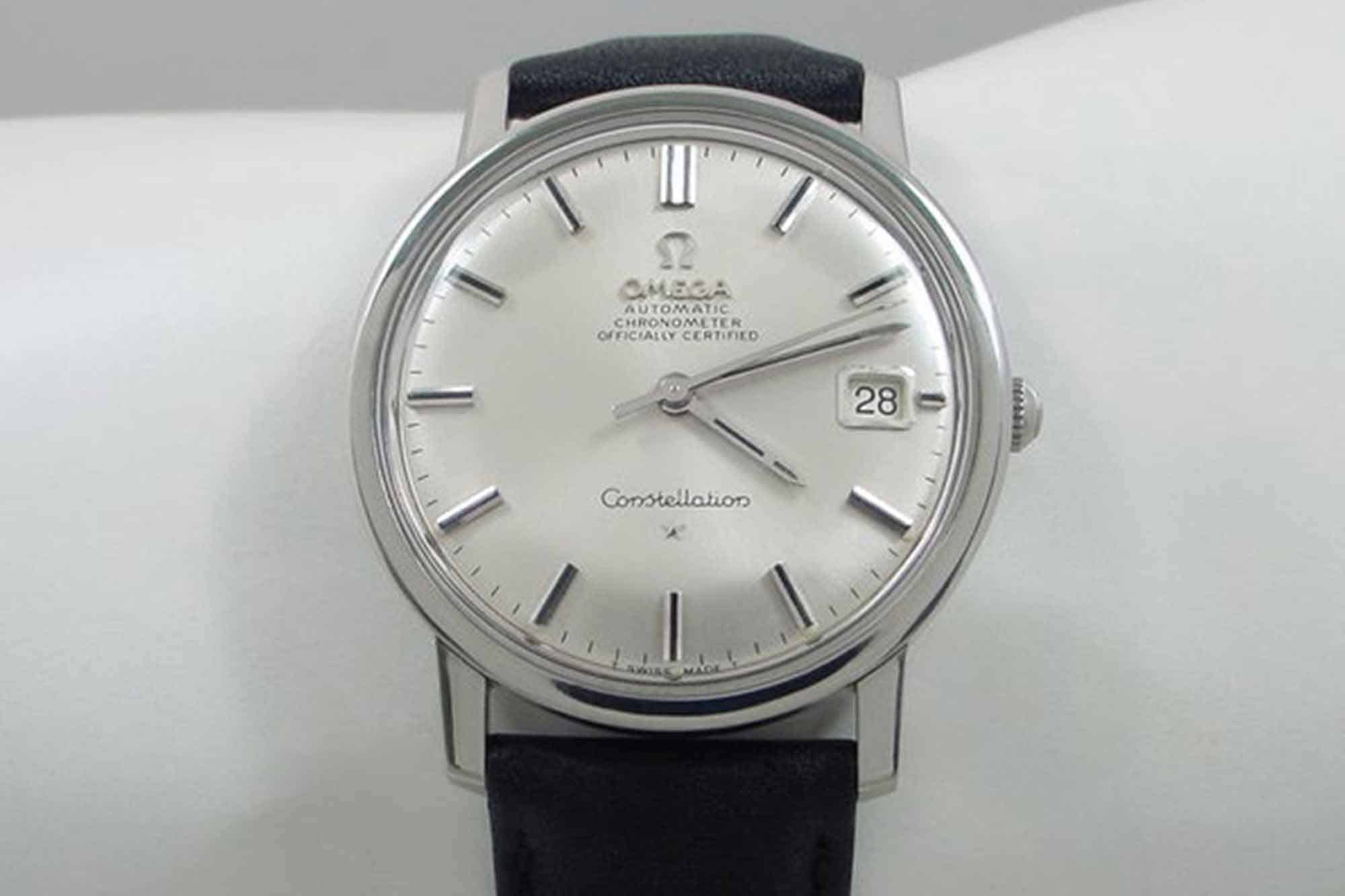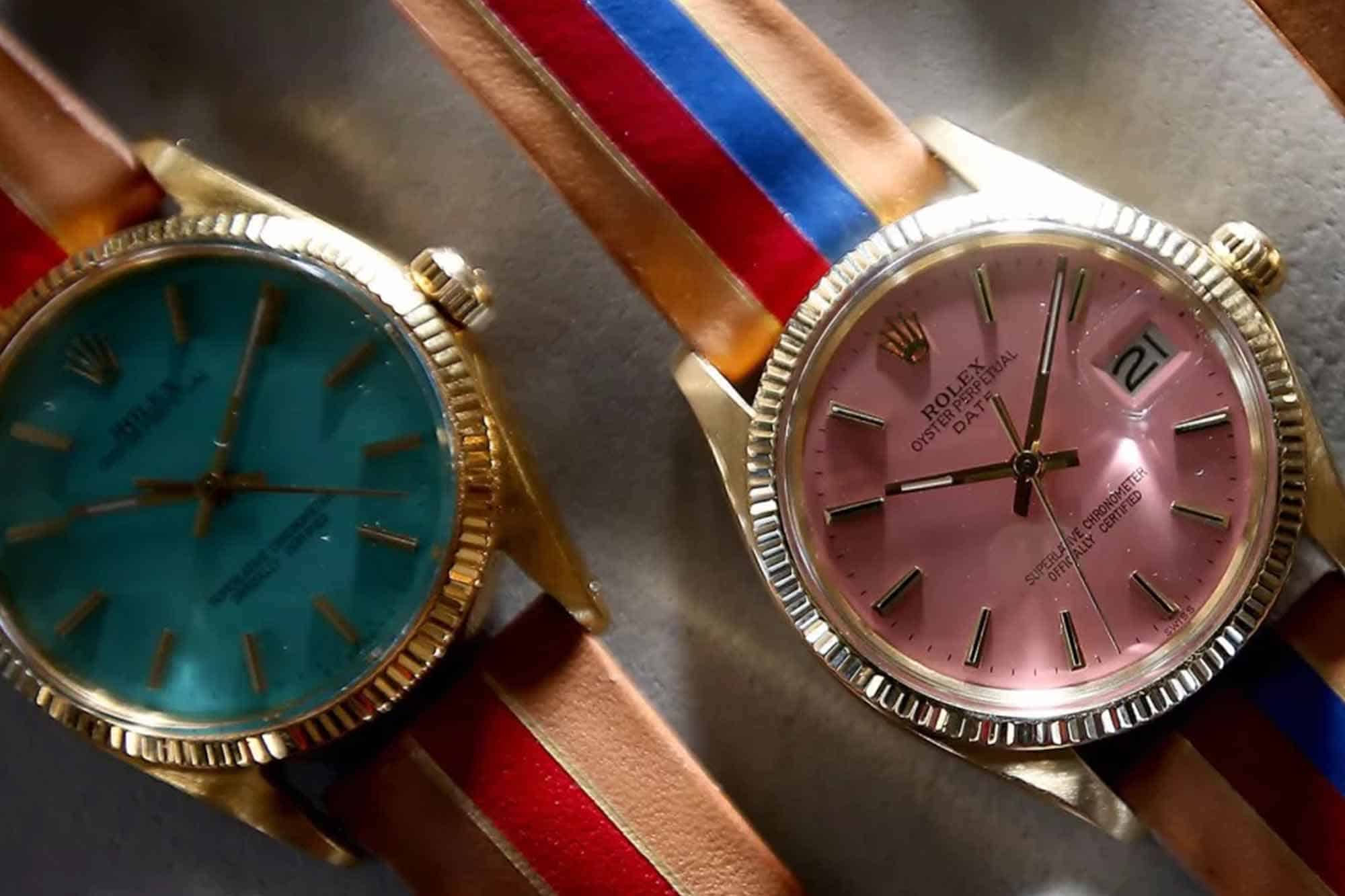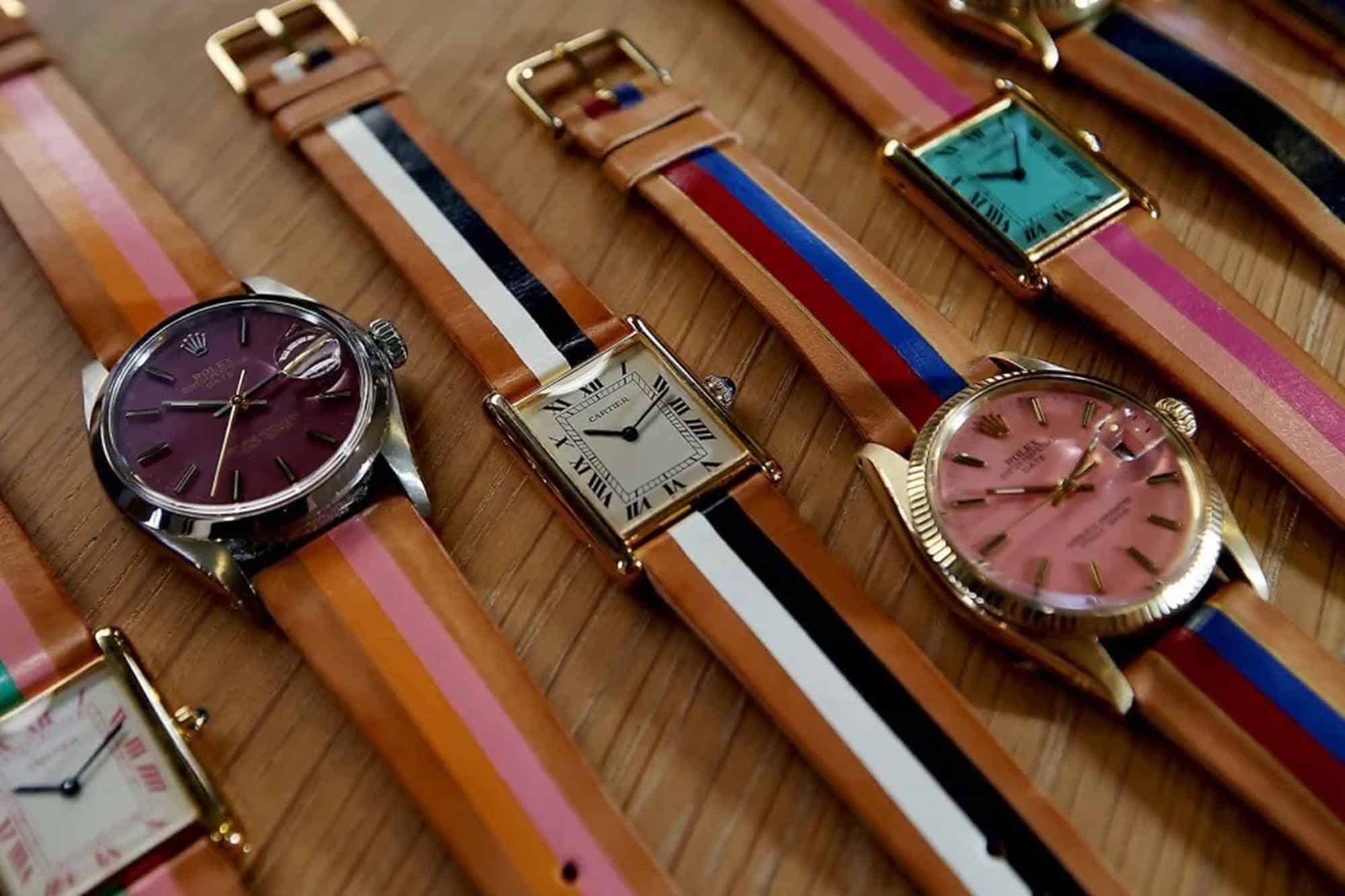If you spend enough time watching watch related YouTube content, you’ll eventually come across a very specific type of video. A self styled watch guru holds two watches, one in each hand, seemingly identical. He (it’s almost always a he) explains that one of these watches is a replica, a fake. Then the macro photography begins, and we see detailed images of the components of each watch up close, revealing the perfect fit and finish of the genuine example, and the obvious shortcomings of the fake. The video will frequently end with the replica being disposed of in a creative way, perhaps in a small explosion, or by way of a commode or hammer. These videos are presented as a service to the watch community, so you don’t fall victim to a so-called “super fake” when trying to purchase the genuine article from an internet stranger or unscrupulous (or perhaps unaware) dealer.
If you watch these videos, it would be easy to imagine that fakes are rampant, and must make up a significant percentage of all the watches on the market at any given time. It’s hard to know exactly how many convincing fakes are out there, but there’s plenty of anecdotal evidence among watch consumers to indicate that there aren’t many at all. If you read the forums, consume content on Instagram, and talk to collectors who are regularly in the market for watches that are believed to be commonly faked, you’re not likely to hear rampant stories of people getting duped, at least not from a legitimate source. One-off accounts of someone falling victim to a fake? Sure, that happens. But if they were everywhere you’d expect to hear these tales all the time, right?
Fake watches, it turns out, aren’t actually much of a problem, in spite of what the YouTubers want you to believe. But that doesn’t mean there aren’t issues with authenticity in the watch market. They just come from a place that’s not quite as easily understood or dramatic. When it comes to people getting fooled, tricked, hoodwinked, and plain old ripped off, nothing, and I mean nothing, compares to what’s happening in the world of vintage watches.










 Featured Videos
Featured Videos




